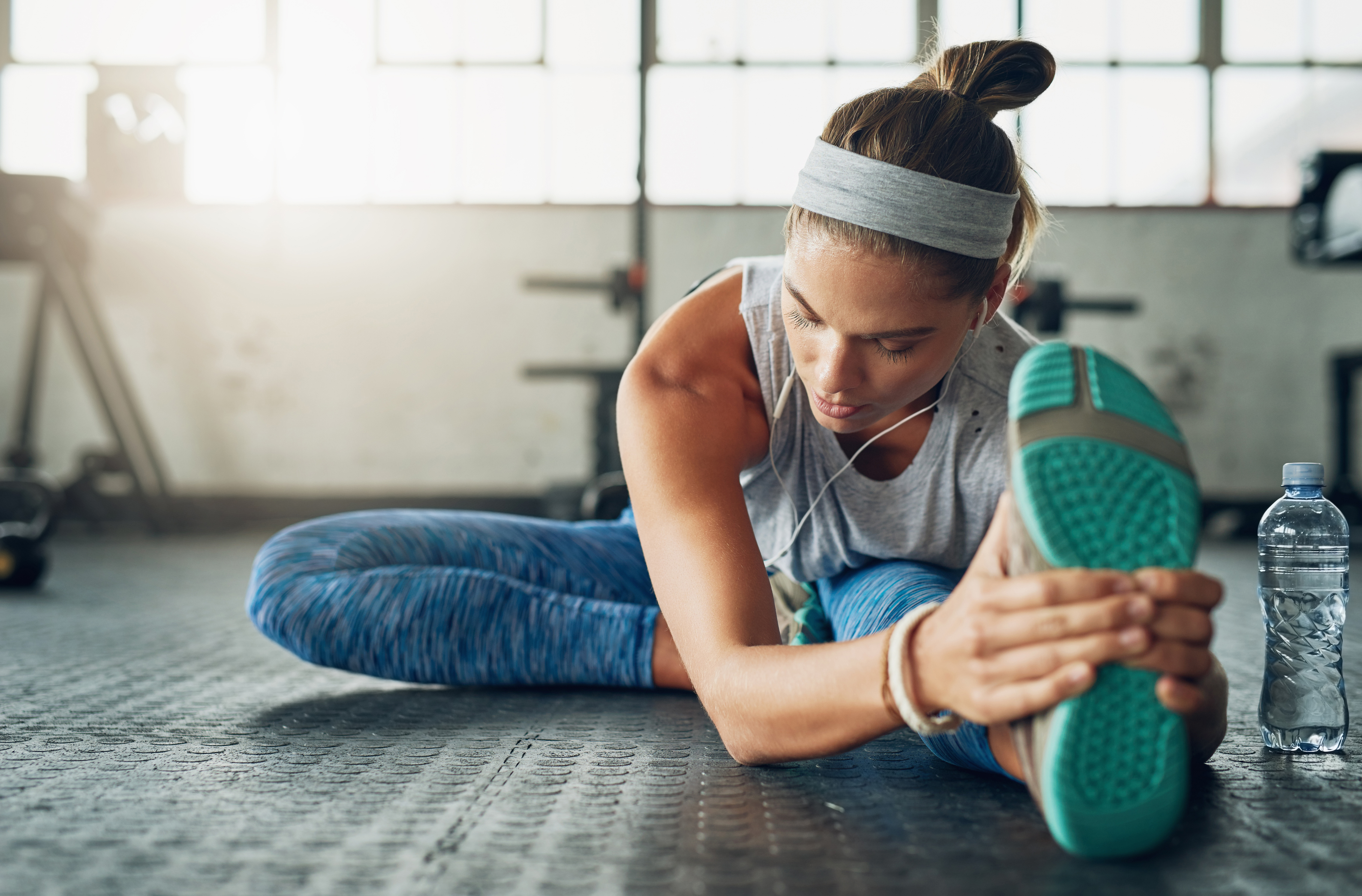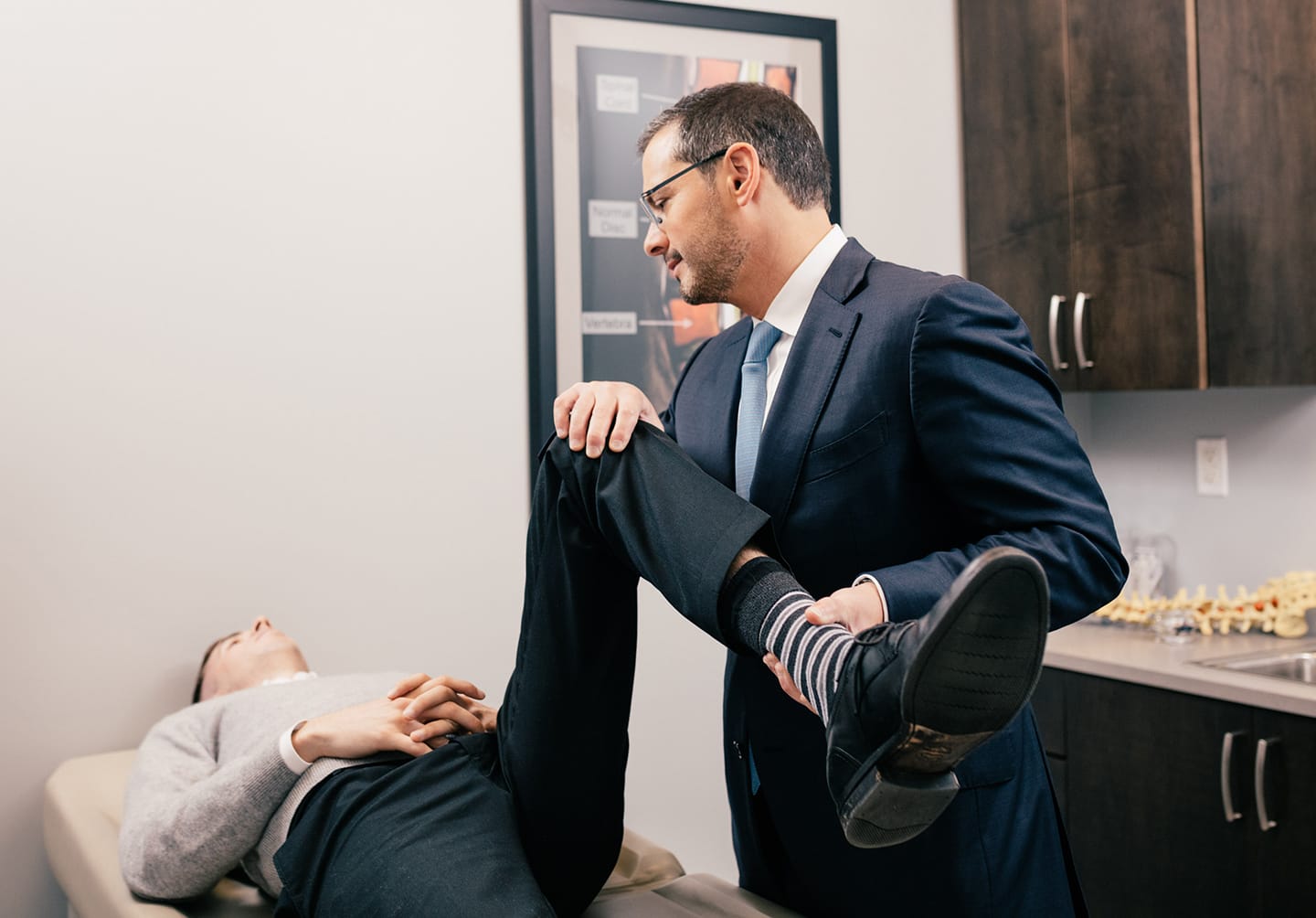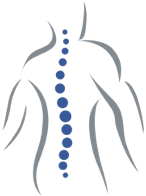
The International Journal of Sports Physical Therapy has reported that tears in the anterior cruciate ligament (ACL), which connects the femur to the tibia and stretches down the outside of the knee, are more prevalent among women than men. This has prompted our team at Progressive Spine & Orthopaedics to explore exactly why this is in the following blog. Getting to the bottom of this difference between the sexes can help patients minimize their risks of injury and ensure their athletic journey continues to be as rewarding as possible.
Anatomical Differences Between Women and Men
While both women and men can make excellent athletes, there are a few key differences in anatomy that can increase the risk of ACL tears for females. These can include the following:
- Women have smaller anterior cruciate ligaments and less muscle growth due to lower testosterone levels. Less muscle in relation to body weight has been shown to increase the risk of ACL tears.
- The size and position of the femoral notch that houses the ACL in women can contribute to a higher rate of tears.
- The rotational force (torque) produced by the hamstrings to support knee joint stability takes longer to generate in women, and imbalances between the hamstrings and quadriceps can often lead to an increased risk of ACL tears.
How the Menstrual Cycle Can Impact the Ligaments
While typically less discussed, a factor that can impact the rate of ACL tears in women is the menstrual cycle. When estrogen and progesterone levels are lower, which typically occurs during the first half of a woman’s cycle, it can increase ligament laxity, making the ACL more prone to injury. In fact, studies have shown that women are four times more likely to experience ACL tears during the first two weeks of their menstrual cycle. However, reports have shown that oral contraceptives, which limit the effect of hormonal fluctuations on the body, can lower ACL tear risks in women.
Using Strength Training to Reduce Injury Risks
Strengthening the muscles surrounding the knee and hip can increase stability and lower the overall risk of injury. The best type of exercises typically focus on the hamstrings, quadriceps, and glutes, all of which support the ACL.
Neuromuscular training programs that emphasize muscle control, balance, and coordination can also be helpful. Plyometric training, which focuses on explosive movements such as are common in certain sports like basketball and soccer, can help improve landing mechanics and agility, further preventing injuries that take female athletes off the court or field.
What Is the Takeaway?
Smaller ligaments, less overall muscle, a differently sized and positioned femoral notch, and imbalances between the hamstrings and quadriceps can all contribute to a higher risk of ACL tears in female athletes and active individuals. Menstruation can also play a role, as the ligaments are more lax during the first few weeks of a woman’s cycle when estrogen and progesterone levels are lower, predisposing the ACL to an increased risk of injury.
Experts suggest using oral contraceptives to reduce the effects of hormonal shifts on the female body and engaging in strength training, along with neuromuscular and plyometric exercises to bolster stability and support in the knees and hips.

Have Questions About ACL Injuries in New Jersey? Reach Out to Our Providers at Progressive Spine & Orthopaedics for Answers Today.
Led by board-certified orthopedic and spine surgeon, Dr. Joshua S. Rovner, Progressive Spine & Orthopaedics is a state-of-the-art center for diagnosing and treating multiple types of injuries, including ACL tears. Through customized solutions and minimally invasive surgical techniques, we offer exemplary results that can help you quickly regain mobility, confidence, and peace of mind. Reach out to us today by calling 201-820-0768 and get started with your initial consultation in New Jersey right away!
